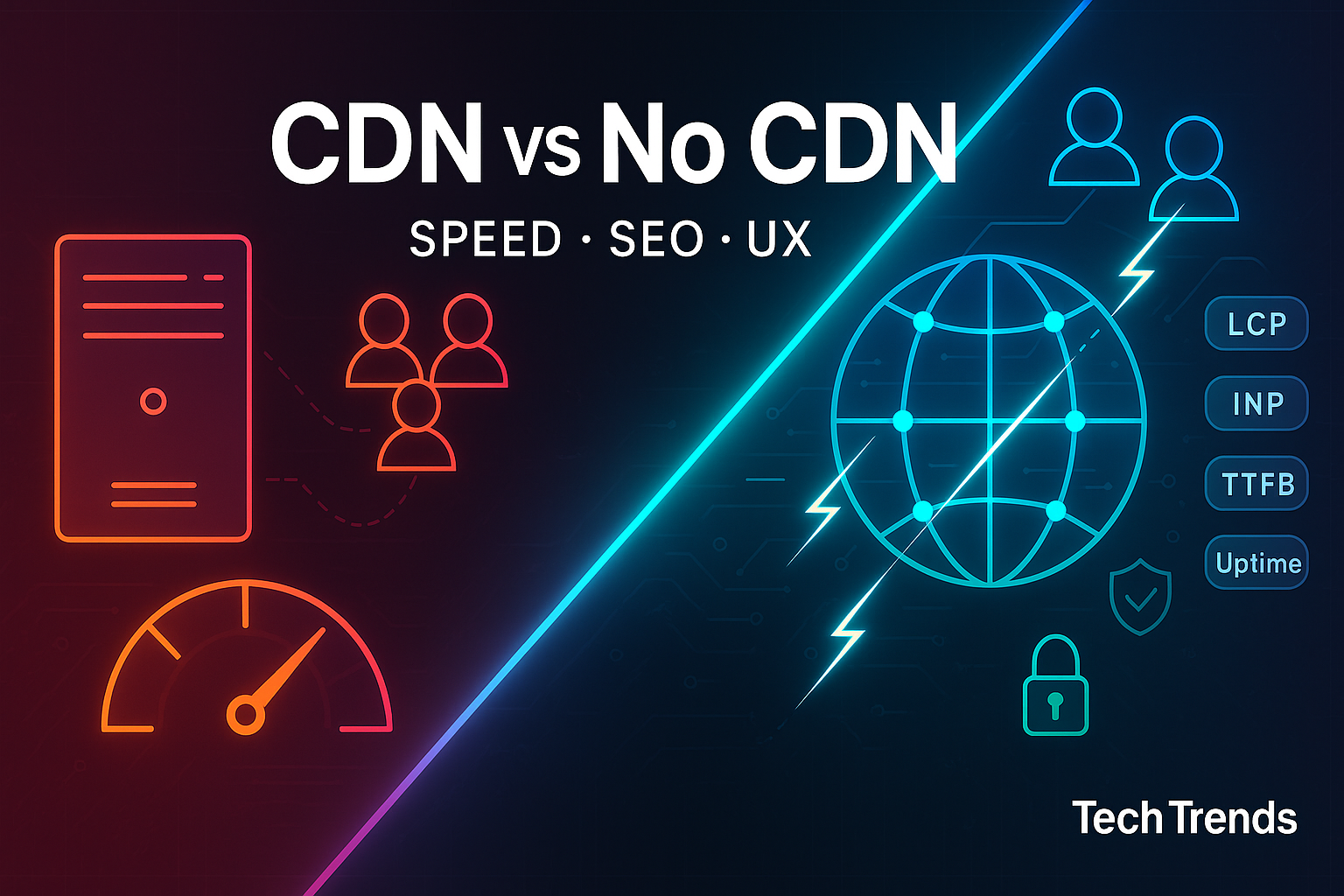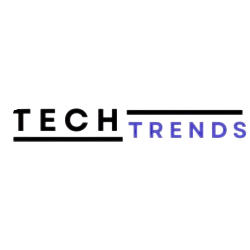In this guide, you’ll get a full comparison covering speed, UX, SEO, cost, setup, and small business fit. You’ll also get entity-based depth targeting Cloudflare, Akamai, KeyCDN, OneNine, Google, John Mueller, Pinterest, Walmart, BBC, and Auto Page Rank.
We’ll cover Core Web Vitals, TTFB, crawl efficiency, indexability, and global delivery uptime—all sitting at the core of performance.
What is a Content Delivery Network (CDN)?
A CDN is a distributed network of edge servers that store cached copies of assets. It sits between your users and your origin server, reducing latency.
It serves images, CSS, JavaScript, HTML, fonts, video chunks, and API payloads, shortening the distance between users and data, which boosts speed.
How Does a CDN Work at the Edge?
User requests hit the nearest Point of Presence (PoP). The CDN checks cache keys that include path, query, authentication state, and headers you choose.
- Cache hit: Serves the object directly, avoiding the origin.
- Cache miss: Fetches from the origin, stores the object, and serves it to users.
Tiered caching and origin shielding reduce origin trips, raising the cache hit ratio.
How Well Does a CDN Serve?
- Static content that rarely changes.
- Semi-static content that expires based on TTL rules.
- Optimized images in WebP and AVIF.
- Video segments via chunked delivery.
- API payloads with smart cache keys.
- Large downloads that would stress a single server.
How Does It Differ From a Single Server Host?
A single origin server must serve all users, regardless of their distance.
Distance increases Time to First Byte (TTFB), while one machine creates a single point of failure, hurting uptime. Load spikes cause queuing, slowing page speed and increasing bounce rate.
Why Does Page Speed Drive SEO and Revenue?
Google cares about user experience, which feeds rankings.
You should focus on Core Web Vitals:
- Largest Contentful Paint (LCP): Measures how quickly the main content loads.
- Interaction to Next Paint (INP): Tracks input delay and responsiveness.
- Cumulative Layout Shift (CLS): Measures visual stability.
Good LCP drives engagement, INP builds trust and form completion rates, and CLS prevents “rage taps,” protecting conversions.
What is Time to First Byte (TTFB)?
TTFB measures the delay before the first byte of data is received from the server.
A CDN shortens the trip, lowering TTFB worldwide. Better TTFB improves LCP, supporting SEO performance.
How Do Faster Pages Cut Bounce Rates and Lift Conversions?
- Up to 50% faster with a CDN that trims wait time.
- Around 40% of users leave after three seconds, wasting traffic.
- A one-second delay can drop conversions by 7%.
- Pinterest saw a 15% signup boost after a 40% speed gain.
- Walmart reported a 2% conversion lift per second saved.
- BBC noted a 10% user loss per extra second.
Speed also raises crawl efficiency, helping search engines index more important URLs.
CDN vs No CDN — Performance and Crawl Differences
| Factor | With CDN | Without CDN | Impact on SEO | Impact on UX | Impact on Costs |
| Page Load Time & Latency Across Regions | Nearest PoP serves content, lowering latency globally. | Single origin, higher latency for distant users. | Improves LCP & INP, better rankings. | Faster browsing, lower bounce rate. | May cost more in CDN fees, but saves lost conversions. |
| Crawl Efficiency & Indexability | Faster assets free crawl budget for more HTML pages. | Slower asset delivery reduces crawl coverage. | Better indexation for large sites. | Consistent content load for users worldwide. | Saves cost on wasted server resources from bot traffic. |
| Global Access & Uptime Under Load | Distributes traffic, absorbs spikes, 99.9%+ uptime SLA. | Single point of failure, prone to downtime under load. | Stable site presence improves trust signals. | No interruptions during peak traffic. | Reduces revenue loss from downtime. |
| Server Load & Bandwidth Usage | High cache hit ratio reduces origin strain and egress costs. | All traffic hits origin, higher CPU & bandwidth use. | Keeps TTFB low, supporting SEO health. | Steady performance for users. | Lower hosting and bandwidth bills. |
| Security & Attack Mitigation | Built-in DDoS protection, Web Application Firewall (WAF), SSL/TLS, bot filtering. | Security relies only on origin hosting setup. | Reduces risk of hacked pages being deindexed. | Safer browsing, less downtime from attacks. | Avoids costly downtime, breach recovery, and loss of trust. |

Security Benefits of a CDN
- DDoS Shield & WAF Rules: Blocks malicious traffic and exploits.
- SSL/TLS & HSTS: Secures delivery and enforces HTTPS.
- Bot Control & Rate Limiting: Reduces abuse, scraping, and brute-force attacks.
Drawbacks and Risks of a CDN
- Cost: Usage-based pricing may cause unexpected fees.
- Vendor Outages: Multi-CDN or failover is recommended.
- Regional Gaps: Sparse PoPs limit benefits in some areas.
- Cache Misses: Poor cache key setup can hurt performance.
When Does No CDN Make Sense?
- Low traffic and local audience.
- Tight budget with predictable costs.
- Preference for direct control over hosting.
Case Studies
- Pinterest: 15% more signups after speed improvements.
- Walmart: 2% conversion lift per second saved.
- BBC: 10% loss in users per extra second of delay.
- A $150k/month e-commerce site could lose $80k/year to latency—strong ROI case for a CDN.
Conclusion — Which Choice Fits Your Site?
You’re chasing two outcomes: speed (which delights users) and visibility (which drives revenue).
A CDN improves speed, global delivery, uptime, security, and crawl efficiency.
A no-CDN setup works for local, early-stage, or low-traffic sites with tight budgets.
Match your audience scale, content type, and budget to the right path.




